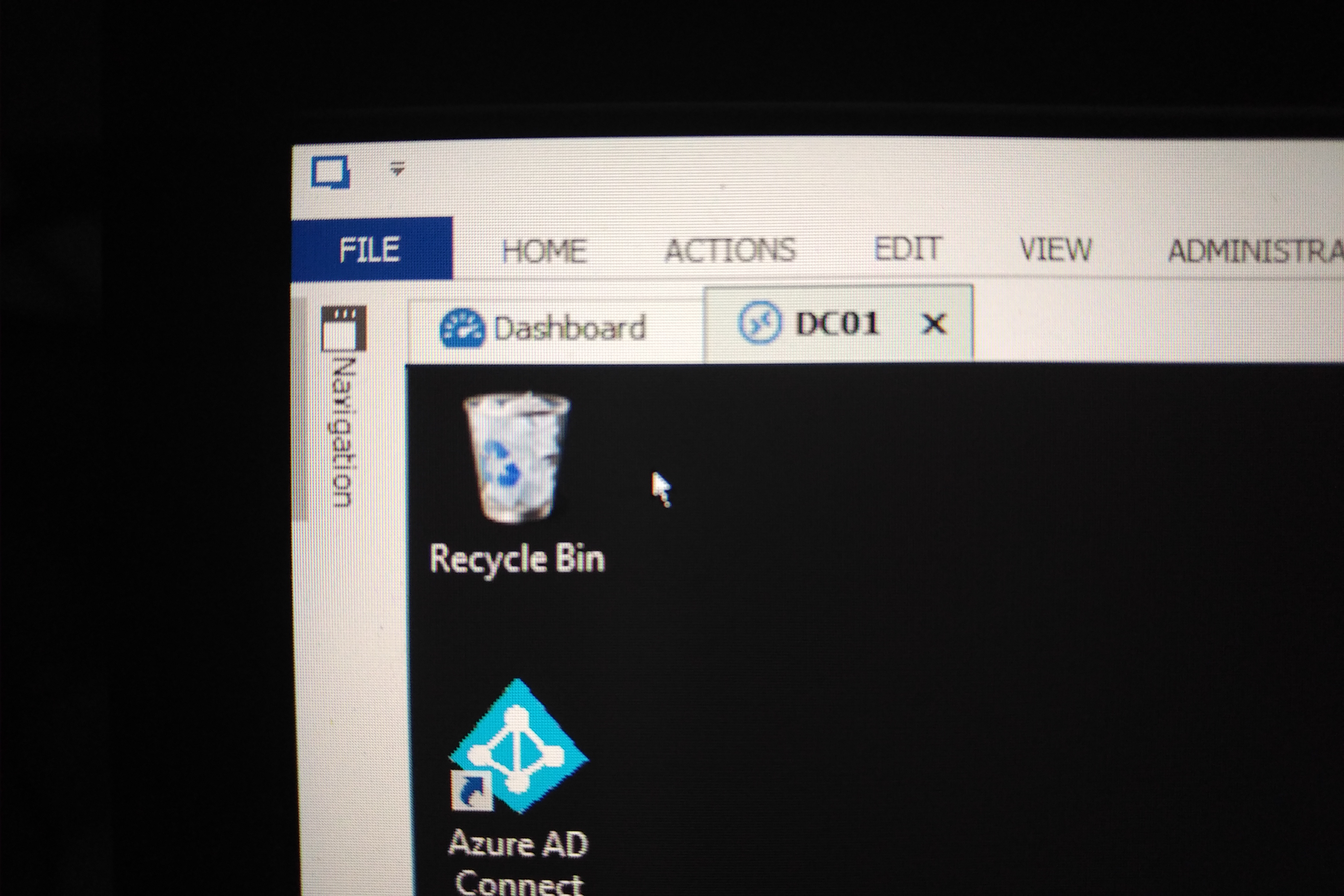

To make the ideas in the previous chapter concrete, here we’ll work through the process of building a new geom that looks like a spring. However, in ggplot2, there are several very useful options to customize the coordinate systems of plots, which we will not overlook but explore in this blog post.Ģ2 Case Study: Springs. Perhaps because they are such an integral element of plots, they are easily overlooked. This fixed aspect ratio is set to 1 in this example.Īll plots have coordinate systems. The output of the previous R programming syntax is visualized in Figure 2: You can see a ggplot2 scatterplot with fixed proportions of the x- and y-axes. ggp + coord_fixed () # Apply coord_fixed. Ggp + coord_fixed () # Apply coord_fixed. Mostly, in research reports we see charts that are of small size, hence R becomes helpful to create charts that can be pasted in the desired space. Sometimes, we don’t have large space where the chart will be pasted therefore this functionality becomes useful. The aspect ratio of a chart can be changed in ggplot2 and this will be useful if we want a smaller image of the chart. All TVs sold today have an aspect ratio of 16:9, which means that if the width is divided into 16 equal parts, the height of the TV or picture should be 9 parts. It defines its overall shape, and it is usually presented as W:H (where W is the width, and H is the height). The aspect ratio is the ratio between the width and the height of a display. Two common video aspect ratios are 4:3 (the universal video format of the 20th century), and 16:9 (universal for HD television and European digital television, and default for YouTube videos). What is aspect ratio? The aspect ratio of an element describes the proportional relationship between its width and its height.

call ggsave () with height = 2, width = 2, dpi = 16 to get a 32x32 pixel image (based on the relationship between height, width, dpi, and pixels ) However, my resulting image still has whitespace at the bottom edge. use theme (aspect.ratio = 1) or coord_fixed () to ensure plot stays square. That's a very impressive first R graph, by the away. There is the potential that a call using ylim and xlim could conflict with an aspect ratio scpecification and the asp should "prevail". Using asp=1 as a parameter to plot will get interpreted by the low-level plot.window call and should give you a unitary aspect ratio. > ggplot(df, aes(x=x, y=y)) + geom_point() If, however, we use coord_fixed() then we get a plot with fixed aspect ratio (which, by default has x- and y-axes of same length). If we just go ahead and plot these data then we get a plot which conforms to the dimensions of the output device. The output of the previous R syntax is illustrated in Figure 3: As you can see the aspect ratio is still fixed, but with a different ratio of the two axes. Ggp + coord_fixed (ratio = 5) # Apply coord_fixed & ratio.


 0 kommentar(er)
0 kommentar(er)
